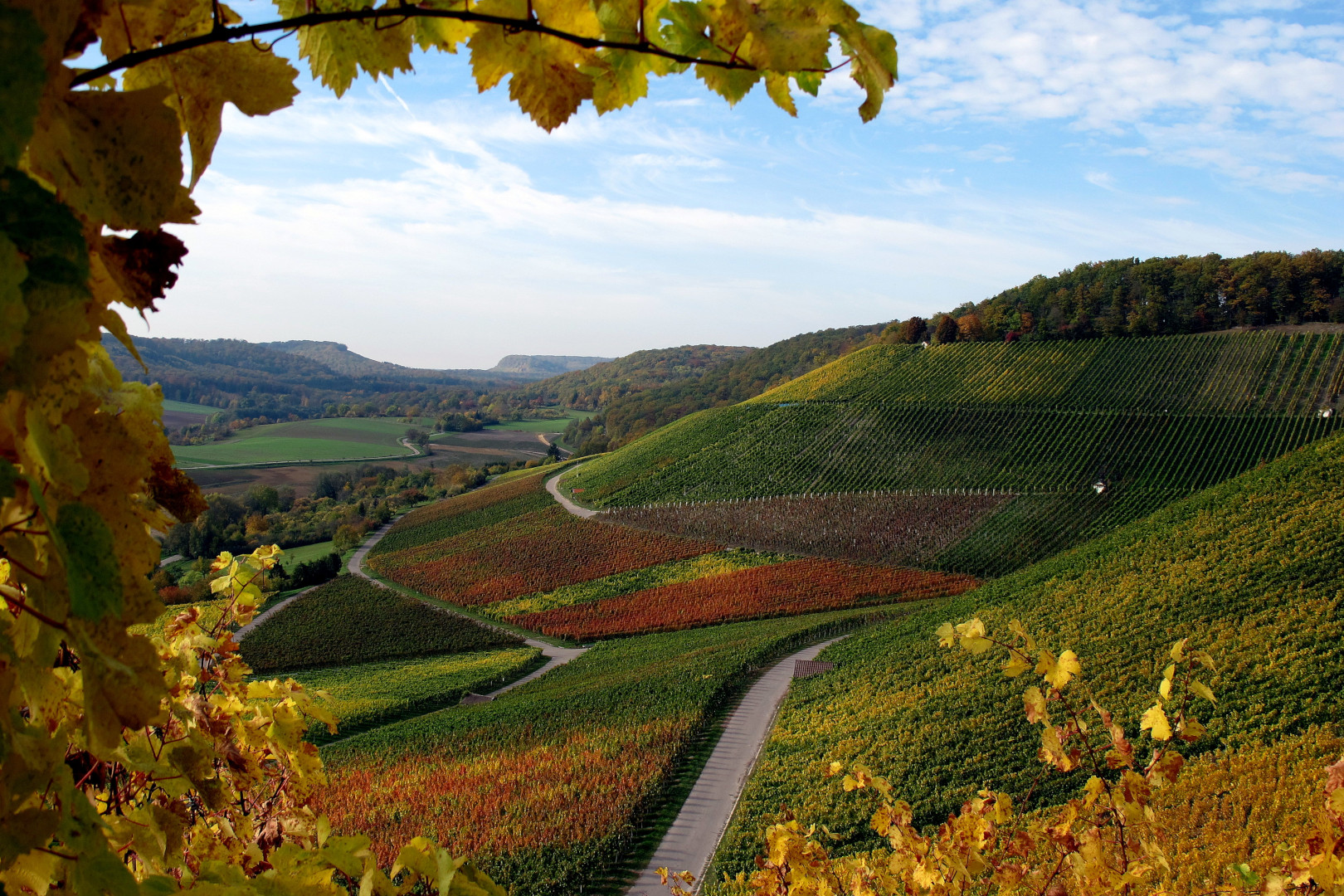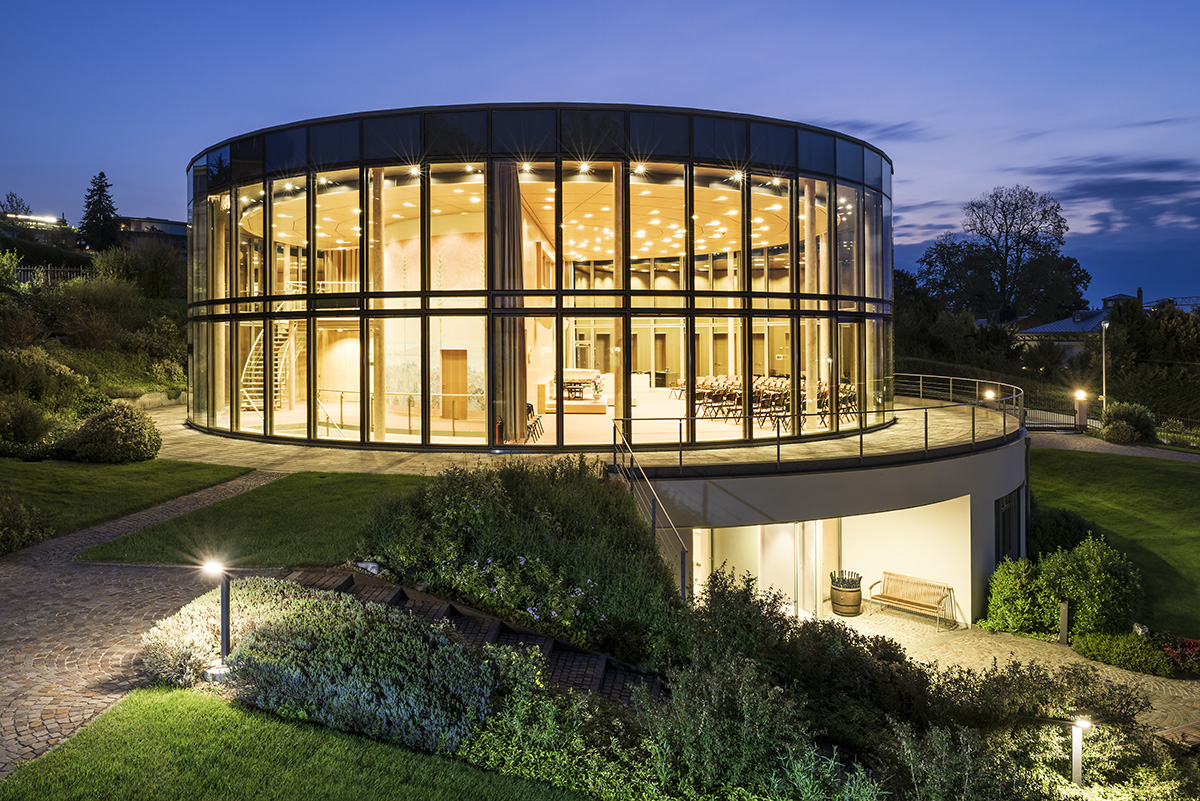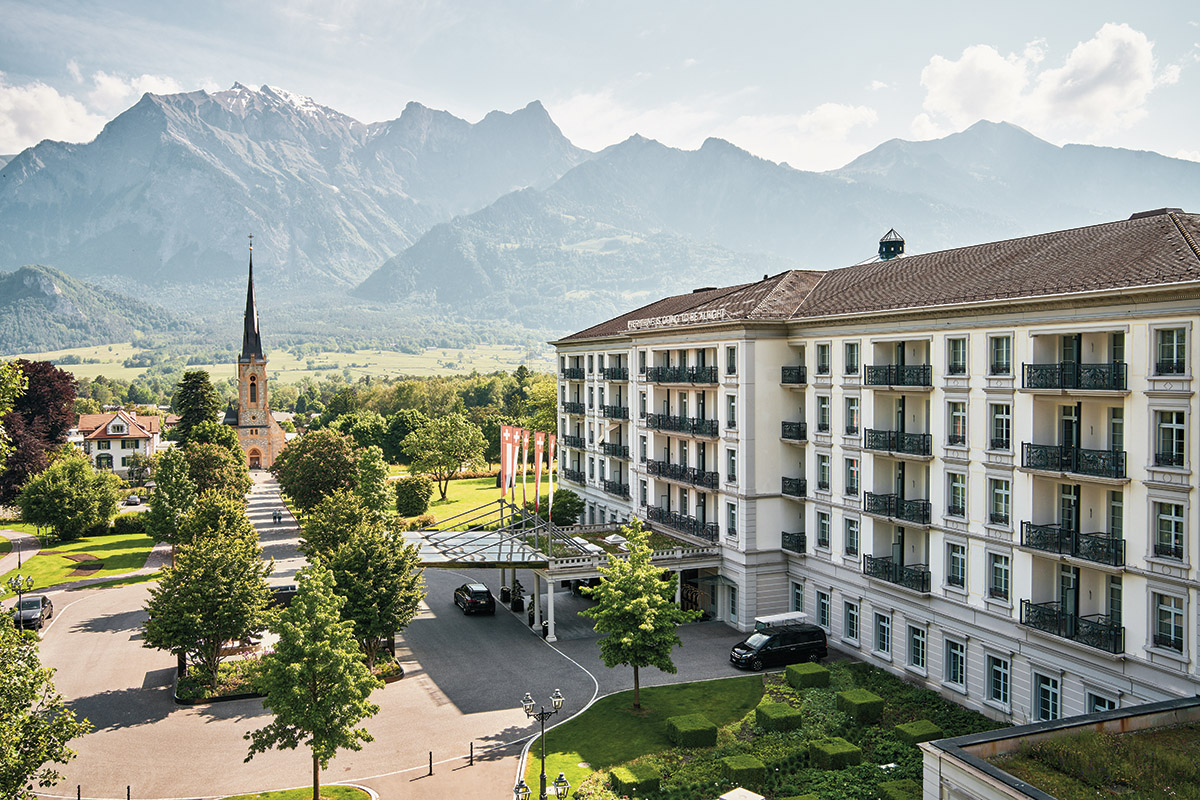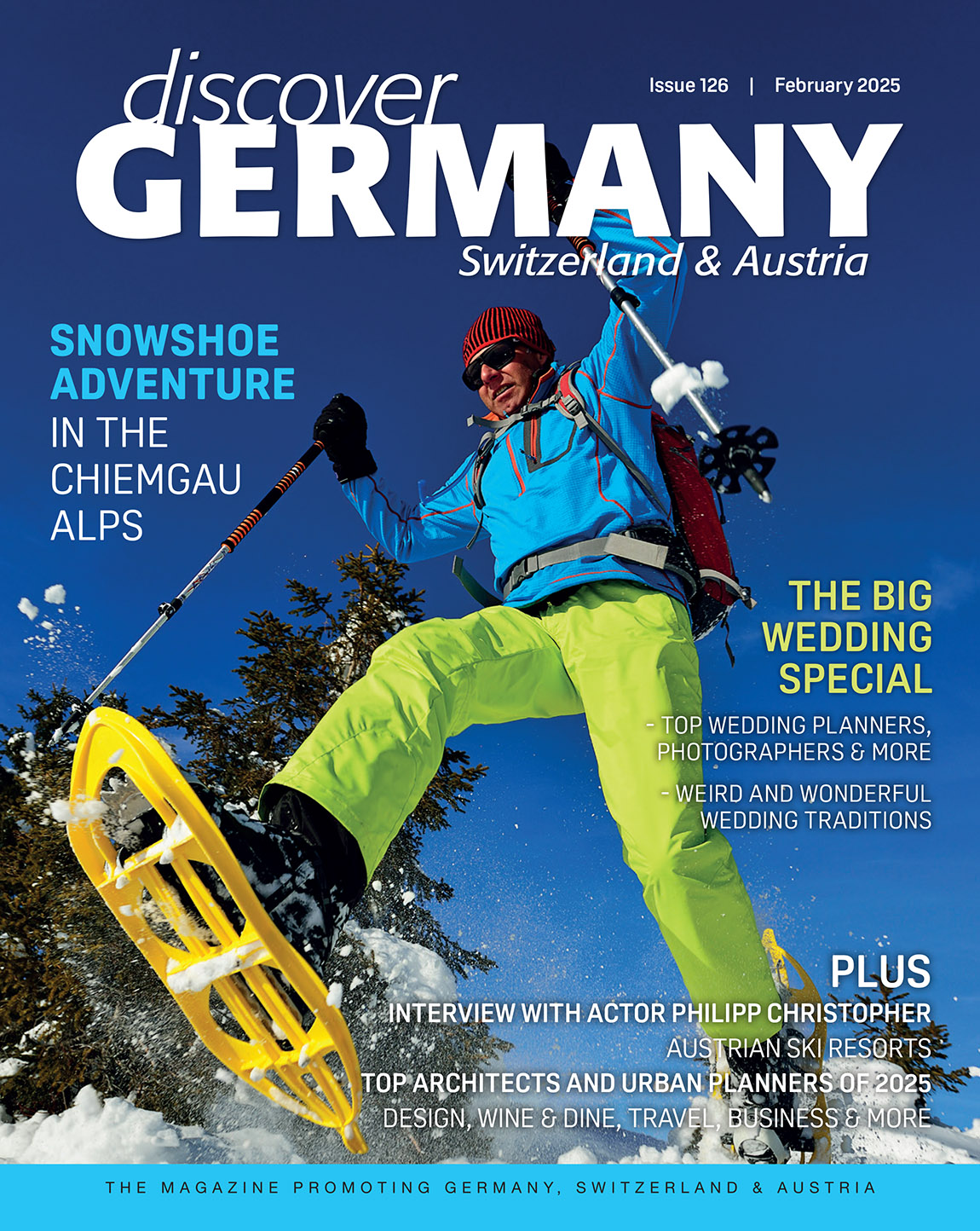Wine, wood, feel good

The nature park Stromberg-Heuchelberg in Baden-Wuerttemberg is a true insider’s tip. On 33,000 hectares of picturesque wine-forest cultural landscape, one can enjoy vast views, vicinity to pure nature and gentle tranquility. Whether one seeks to visit the UNESCO World Heritage Site of Maulbronn’s monastery or spend the day hiking or biking, Stromberg-Heuchelberg has a great deal to offer.
Located in between the bustling cities of Pforzheim, Stuttgart, Heilbronn and Karlsruhe, one can find the enchanting, rural nature park Stromberg-Heuchelberg, which poses as a beautiful island of tranquility and recreation with its mild climate and Mediterranean charm. The park’s theme ‘wine, wood, feel good‘ perfectly sums up the wine-forest region’s character. Viniculture plays an important cultural, as well as scenic, role here and dominates the south-facing hills. Especially in autumn, when the leaves change their colour, visitors can expect an incredible ‘Indian Summer‘. The viniculture also influences the region’s culture substantially as there are several wine festivals, winery visits, guided wine tours, such as the mulled wine hike in January, or regional wine tastings on offer.

“The main task of the nature park is to preserve the unique landscape and to make it perceptible for visitors,“ notes Dietmar Gretter, managing director of the nature park Stromberg-Heuchelberg. He adds: “We protect our landscape through usage. Stromberg-Heuchelberg is a cultivated landscape which would quickly change its character without the influence of humans. Thus, we support the environmentally sound utilisation of the landscape with nature park markets to promote regional produce or numerous other events.“
Pristine forests take up the biggest part of the nature park’s space. This is the reason why rare wildcats, stag beetles, bats, woodpeckers and many other types of animals, as well as plants, such as the gas plant or wild service tree, call Stromberg-Heuchelberg their home. Furthermore, around 40 per cent of the nature park counts towards Europe’s Natura 2000 region and thus belongs to Europe’s special natural heritage. While forests and vineyards play an important role in Stromberg-Heuchelberg, extensive meadow orchards can also be found. The nature park scenically, geologically and topographically forms an island which protrudes from the surrounding landscape and thus enables beautiful views in all directions. As if the sensual natural beauty and diversity are not enough, the nature park has far more to offer.
Hiking, cycling, mountainbiking
A hiking highlight is the Eppinger-Linien-Path, which takes visitors alongside 42 kilometres of enchanting scenery and along the Eppinger Linien – an entrenchment structure which was built by margrave Ludwig Wilhelm of Baden in the baroque period to counteract the marches of the French army under Ludwig XIV. A sculpture project with nine large sculptures and installations by artist Hinrich Zuern picks up this historical topic and symbolically describes the consequences of this war for the region’s general public, the ordinary people outside the pompous baroque palaces. These entrenchment structures count towards the largest archaeological ground monuments in Baden-Wuerttemberg. Therefore, the Eppinger-Linien-Path combines history and art with attractive nature as the hiking paths leads along a varying landscape with great views. Those who want to find out more about this specific topic, should head to Eppingen’s city and timber framing museum Alte Uni, which displays an own exhibition about the Eppinger Linien.

Many visitors also love to cycle through the park’s fascinating nature. A great sight are the historic town centres of the small nature parks communes along the way. And why not stop by at Maulbronn’s monastery? The UNESCO World Heritage Site is classified as the best-preserved, medieval monastery north of the Alps. Built in the 12th century by Cistercian monks, not only the monastery, but also the surrounding landscape, are part of the heritage site as the monks substantially fostered vinoculture and farming and contributed to the overall landscape look. They cleared forests and created watering systems and fish ponds. The latter are natural reserves today.
A highlight for families is the leisure and adventure park Tripsdill, which comprises of an inventively designed amusement park with roller coaster rides, as well as a wildlife park. Its nature resort gives visitors the opportunity to sleep in cute tree houses. Besides the activities and sights mentioned above, the region also offers numerous events, such as wine festivals, guided tours or the Peter and Paul Festival in Bretten, which takes more than 100,000 visitors back to the Middle Ages at the end of June each year.
The nature park centre in Zaberfeld, in the middle of the nature park and next to the swimming lake Ehmetsklinge, is the perfect place to learn more about the nature. A permanent exhibition about the region and changing exhibitions teach visitors about the significance of meadow orchards or butterflies, for example. Additionally, nature park guides offer interesting guided tours for different target groups and on different topics.
The nature park Stromberg-Heuchelberg shows how exciting natural diversity can be and combines it with fascinating cultural and culinary offers.
naturpark-stromberg-heuchelberg.de
TEXT: NANE STEINHOFF | PHOTOS: NATURPARK STROMBERG-HEUCHELBERG
Subscribe to Our Newsletter
Receive our monthly newsletter by email




